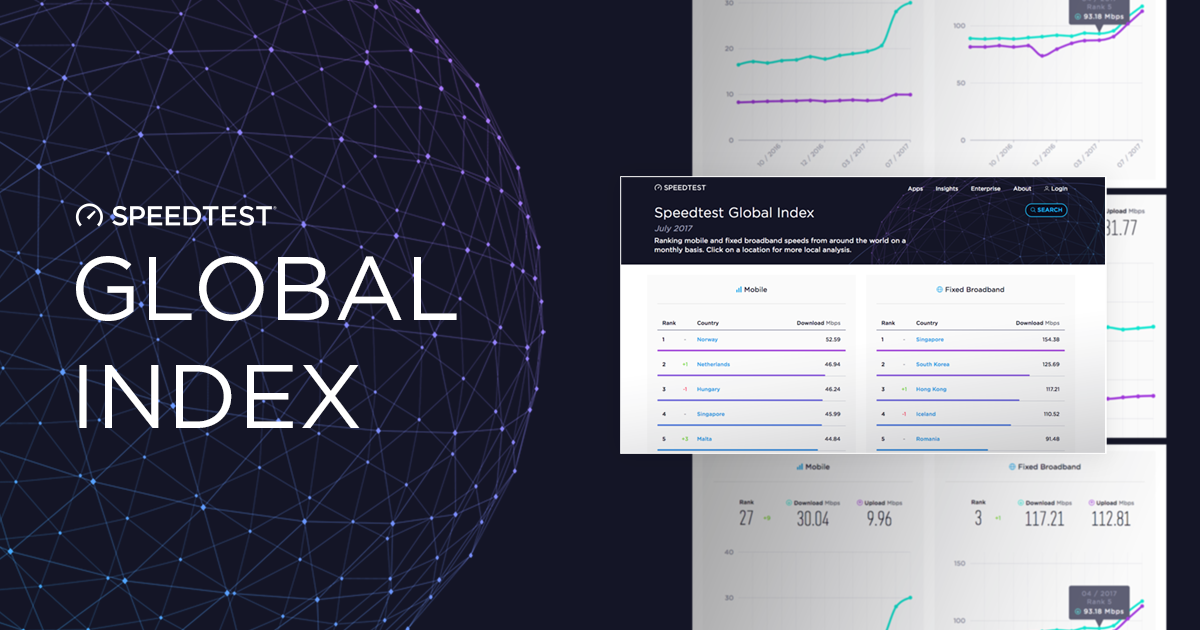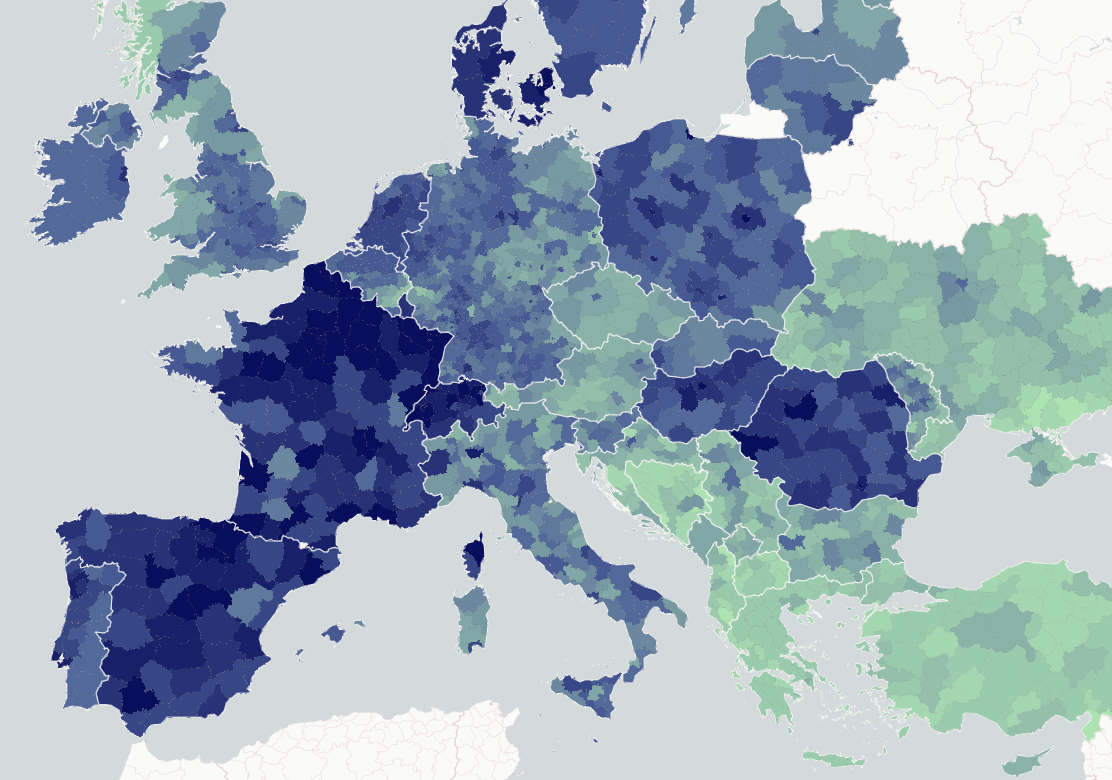You are using an out of date browser. It may not display this or other websites correctly.
You should upgrade or use an alternative browser.
You should upgrade or use an alternative browser.
Why PPPoE is bad?
- Thread starter ahyrych
- Start date
Crimliar
Very Senior Member
PPPoE isn't bad, it's a means of doing things that can be convenient - at a cost!
That cost is that it encapsulates your data, which has data and time overheads.
Other than absolute data nerds/admins you'd probably never speak to a single person who has even considered if "PPPoE is bad".
That cost is that it encapsulates your data, which has data and time overheads.
Other than absolute data nerds/admins you'd probably never speak to a single person who has even considered if "PPPoE is bad".
PPPoE is garbage. No doubt.There is a question for our Gurus, why PPPoE is bad? Many peoples don't want use PPPoE and tell is junk, also about speed and so. Please can you explane why for "normal" people)
Disadvantages.
1. Hard to setup.
2. It's slowed if there are many households or users at the same time.
3. Access verification takes time.
4. Unstable connection.
5. Packet loss.
These days, Only 3rd world and rural area are using PPPoE.
i don't like PPPoE, but yours arguments are not wealthy, sorryDisadvantages.
1. Hard to setup.
2. It's slowed if there are many households or users at the same time.
3. Access verification takes time.
4. Unstable connection.
5. Packet loss.
These days, Only 3rd world and rural area are using PPPoE.
Interesting. Arguments? That's not argument. That's well known fact about PPPoE. Go and Search about PPPoE.i don't like PPPoE, but yours arguments are not wealthy, sorry
"Only 3rd world and rural area are using PPPoE" is the FACT too.
Are you living in the 3rd world or rural area?sorry, may be i don't understand you right
Ripshod
Very Senior Member
That statement would include most of the UK and a lot of Europe. Good job I don't find your ignorance offensive."Only 3rd world and rural area are using PPPoE" is the FACT too.
Go spoil someone else's thread.
What is offensive? Interesting. I just gave the fact. UK is rural country for Internet Service. That's why UK wants to change it.That statement would include most of the UK and a lot of Europe. Good job I don't find your ignorance offensive.
Go spoil someone else's thread.
EU is still providing old Internet Service except few countries. These are not my personal opinion. These are the fact. So, would you bring the fact please?
UK:
Internet Speed Rank.
Rank. 57.
Average Speed- Download 82.80Mbps/ Upload 24.24Mbps.
Mobile Rank.
Rank. 59.
Average Speed- Download 43.99Mbps/ Upload 7.05Mbps.

Speedtest Global Index – Internet Speed around the world – Speedtest Global Index
Find out which countries have the fastest internet speeds in the world. View global monthly comparisons of fixed and mobile internet speeds.
www.speedtest.net
- In 2020, in several countries, a significant percentage of municipalities had a connection slower than 30 Mbps. In France, Italy and Latvia this percentage was just over 50%. Czech Republic and Slovakia reached 65.4% and 70.1%, respectively, with peaks coming close to complete coverage in Cyprus (85%), Croatia (89.2%) and Greece (93.2%).
- The speed performance is directly related to the development of the infrastructure. As for the Very High Capacity Network (VHCN) – an infrastructure that includes fiber-optics and other technologies, and is needed to reach the goal of universal 1 Gbps by 2030 – the European average coverage in 2019 was 44%.
- Behind these figures lie large disparities, both between individual countries and between urban and rural areas.
- Internet performance in Europe has improved dramatically between 2020 and 2021. Average fixed line download speeds have increased by more than half (+51.9 percent), from 68 Megabits per second (Mbps) in March 2020 to 103.3 Mbps in June 2021. Over the same period, upload speeds increased by 44 percent, from 32 to 46.2 Mbps. Unfortunately, the gap between urban and more rural areas, and between north European countries and those in the south-east, has also grown.

Internet speed in Europe - European Data Journalism Network - EDJNet
Internet speed in Europe The Broadband Europe connectivity goals for 2025 are ambitious: 1 Gigabit per second (Gbps) for the main socio-economic drivers, 5G coverage for all urban areas and major terrestrial transport paths, 100 Megabit per second for all European households. With the...
Why do most ISP's use PPPOE? Anyway to get them to stop?
I wasn't sure which section of the forum to post this topic within. If this is the wrong area could it be moved please. But my question is a general one, and that is why do most ISPs in the UK seem to want to use the very old and outdate PPPOE connection type? Is there any particular reason for...
www.ispreview.co.uk
Last edited:
Ripshod
Very Senior Member
PPPoE isn't as bad as people want it to be. Yes we lose 8 bytes per 1500 for the header, and yes it may seem archaic to you, but it's working very well for me an millions of others.
Next you'll be telling me driving on the right-hand-side of the road is more efficient. Grow up.
@ahyrych sorry but I'm leaving the thread - some things I just won't stand for.
Welcome to the ignore list @follower
Next you'll be telling me driving on the right-hand-side of the road is more efficient. Grow up.
@ahyrych sorry but I'm leaving the thread - some things I just won't stand for.
Welcome to the ignore list @follower
Similar threads
- Replies
- 27
- Views
- 1K
- Replies
- 0
- Views
- 164
- Replies
- 4
- Views
- 389
Similar threads
Similar threads
-
-
-
rc_service: ntpd_synced 3399:notify_rc restart_diskmon -> PPPoE restart
- Started by ms74ro
- Replies: 17
-
-
-
-
-
-
Are we impacted by the ASUS bad security file issue? No access to WebGUI
- Started by JTnola
- Replies: 3
Sign Up For SNBForums Daily Digest
Get an update of what's new every day delivered to your mailbox. Sign up here!

